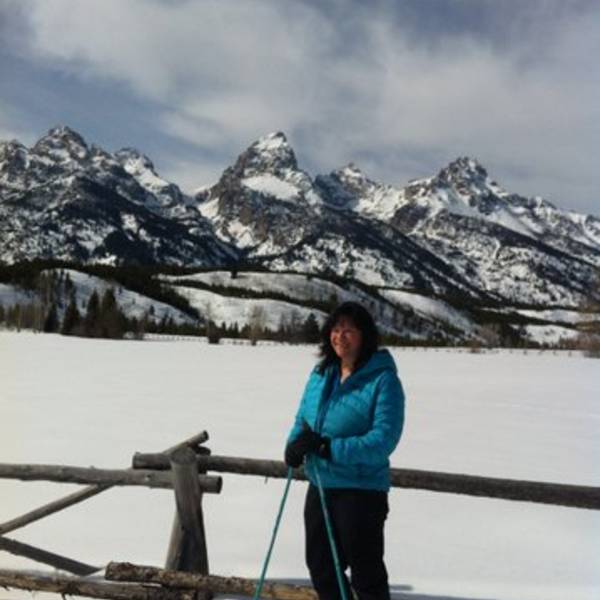Late last month, NPCA helped secure a significant down-to-the-wire victory for Grand Teton National Park. After years of pressure from NPCA, the federal government allotted $8 million toward a total of $16 million to purchase 86 acres along the Snake River from the state of Wyoming and incorporate these lands into the national park.
The measure passed just in the nick of time, a few days before the congressional term ended. This land had been particularly attractive to developers; now, instead of becoming a building site for trophy homes or luxury hotels, it will be preserved for wildlife and the public.
The Snake is a major river in the Pacific Northwest, flowing for more than a thousand miles from its headwaters in the wilderness near Yellowstone National Park westward through the Teton Range into Idaho, Oregon, and Washington. Native American tribes lived and fished for salmon along its banks more than 11,000 years ago; today, visitors still float, fish, hike, and view wildlife along the river, savoring its stunning scenery. These lands and waters of Grand Teton are critical to preserving important wildlife and fish habitat, and the integrity of the park’s natural resources.
This victory is particularly sweet given the contentious fiscal and political climate in Washington, D.C. Most of the money for the purchase came from the Land and Water Conservation Fund (LWCF), a federal program specifically designed by Congress in 1965 for public land purchases.
A total of $900 million in funding is set aside for LWCF each year from offshore oil and gas drilling revenues—a fraction of the royalties collected—to invest in land and water conservation. Unfortunately, in recent years Congress has frequently diverted LWCF funds for other uses, shortchanging preservation efforts at national parks. In this case, the fund was used exactly as it was intended, to protect threatened land from development. (Another recent example was the purchase of the Doody Ranch, a historic building with a colorful history in Glacier National Park.)
This purchase represents an enduring gift to the American people who cherish Grand Teton’s scenic beauty and wildlife—but there is more to be done. This money will protect the first of three state-owned parcels within the park. The remaining 1,320 acres will require a significant appropriation of money prior to upcoming deadlines in 2014 and 2015. NPCA and the National Park Service are committed to protecting all the threatened state lands within the park, and are working collaboratively to find creative and innovative funding and legislative solutions that will permanently protect these lands that should rightfully be part of Grand Teton.
Stay On Top of News
Our email newsletter shares the latest on parks.
NPCA is proud to have played a major role in rallying grassroots support and media attention around this issue and urging lawmakers for three years to allocate the necessary funding to expand protections at this iconic park. This great victory would also not have been possible without the vision and leadership of the Obama Administration, the National Park Service, the Department of the Interior, the Wyoming congressional delegation, the Wyoming Governor’s Office and State Land Board, Teton County state legislators, and the Teton County Commission.
About the author
-
 Sharon Mader Former Senior Program Manager
Sharon Mader Former Senior Program ManagerSharon worked in the Northern Rockies region from 2007 to 2023, advocating for the protection of Grand Teton’s outstanding natural and historic resources, and promoting NPCA’s national strategic priorities in Wyoming.